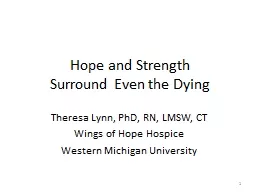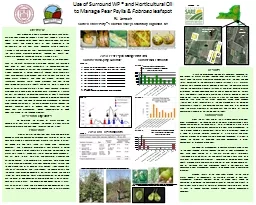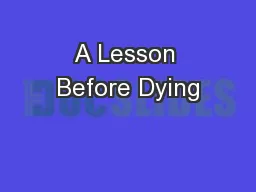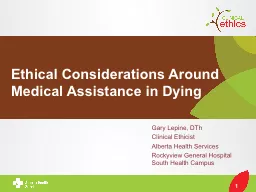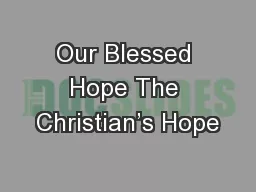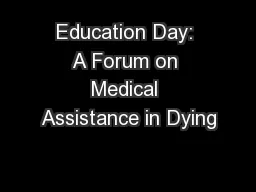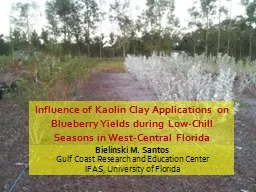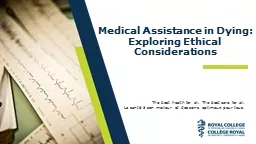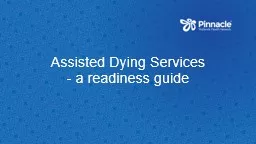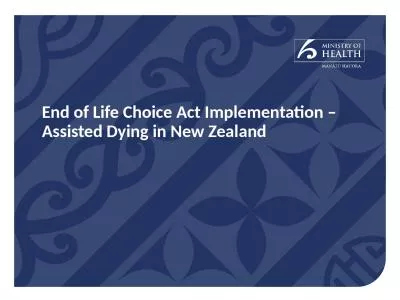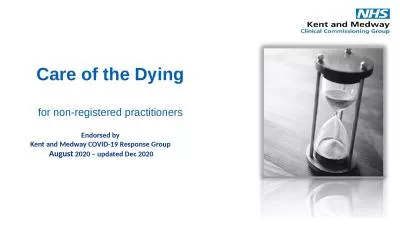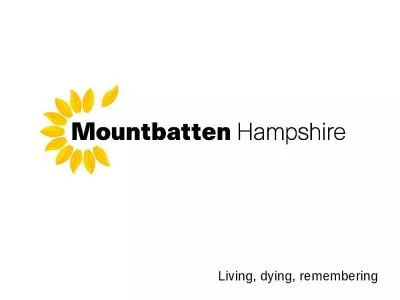PPT-Hope and Strength Surround Even the Dying
Author : enteringmalboro | Published Date : 2020-10-22
Theresa Lynn PhD RN LMSW CT Wings of Hope Hospice Western Michigan University 1 Credentials PhD Interdisciplinary Health Sciences WMU LMSW GVSU RN BSN GVSU CT
Presentation Embed Code
Download Presentation
Download Presentation The PPT/PDF document "Hope and Strength Surround Even the Dyi..." is the property of its rightful owner. Permission is granted to download and print the materials on this website for personal, non-commercial use only, and to display it on your personal computer provided you do not modify the materials and that you retain all copyright notices contained in the materials. By downloading content from our website, you accept the terms of this agreement.
Hope and Strength Surround Even the Dying: Transcript
Download Rules Of Document
"Hope and Strength Surround Even the Dying"The content belongs to its owner. You may download and print it for personal use, without modification, and keep all copyright notices. By downloading, you agree to these terms.
Related Documents

